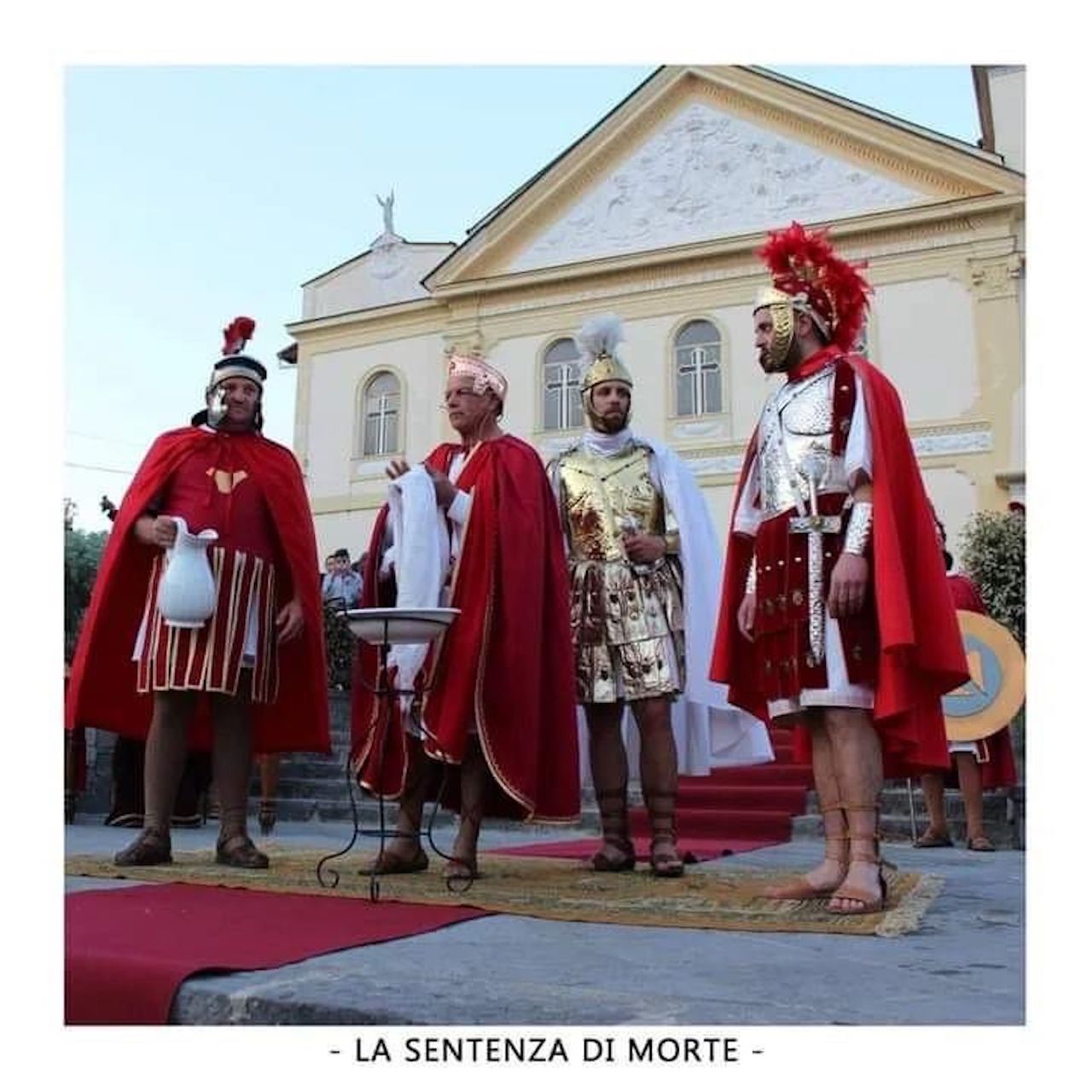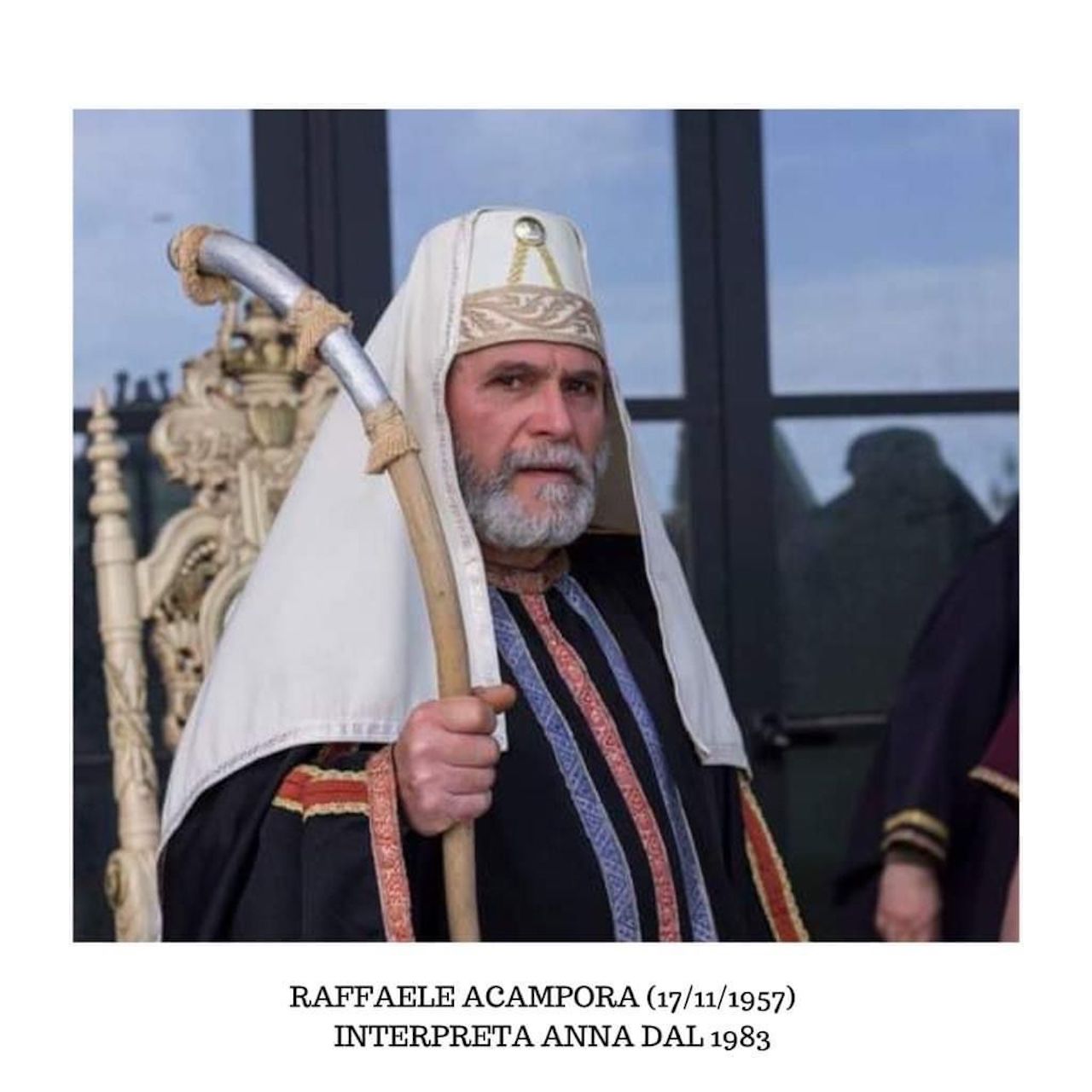Created in 1963 out of the idea of Don Domenico Scala, the Agerola Way of the Cross brings back the Passion of Christ.
April 7th, 2023, by Anna Volpicelli. Cover photo by Haran Erenler (pexels.com)
The one of Agerola is not a simple via Crucis, but a dramatic and profound tale, where the events and emotions of the last week in the life of Jesus of Nazareth are represented and narrated in the streets and squares of all the hamlets of the village.
From the tombs to the squares
In its 60th edition, the Agerolese Good Friday Procession still retraces all the moments and symbolic stages that involved the vicissitudes of Jesus Christ before and during his death.
“The procession was born in 1963 from an idea of Don Domenico Scala, the late parish priest of the Santissima Annunziata parish in Agerola,” Matteo Casanova, president of the Agerolese Good Friday Association, tells us. “Initially, a procession just stopped at the cemetery located in the hamlets. Later, we added a script, staging the events that characterized this emotionally intense period.”
Religious Heritage
Founded in 2017, the Association was formed by a group of young people under 30 who, for about six years, has been committed to keeping active a tradition rooted in the area that, over time, has turned into a religious, historical, and cultural heritage.
“Previously, the religious event was run by the Battenti committee, but then we decided to take the reins ourselves,” explains Casanova, a traffic warden by profession. “We were born with the sole purpose of dedicating ourselves to this important event that we work on about seven months of the year to make it happen.”

Creativity and local labor
Everything is produced locally, from the people’s woman’s dress to the soldier’s dress to the cross. “There are about 250 figures, and the village seamstresses sewed each costume. We could find the accessories such as shields, swords, and helmets thanks to local historians who helped us identify the various props.”
The ten representations
The starting and ending place of the pilgrimage is San Lazzaro, where the sacred event developed and grew in the 1960s; an emotional journey involved the whole area recounting the ten fundamental events of the Passion of Christ.
It begins, in fact, with the betrayal of Judas in the Garden of Olives, and the trial by the Sanhedrin, then moves on to Pilate’s interrogation and the proposed exchange with Barabbas. We then proceed with Herod’s mockery of Judas’ death sentence and repentance. From here, we witness the first, second, and third falls to end with the Crucifixion.
“We bring to life all the key figures of the way of the cross from the Jews to the high priests, from Pontius Pilate with his Roman legion and horses, to Herod. There are performers who for several years have embodied the same characters, including Anna, the high priest, played for a good 40 years by Raffaele Acampora, or Herod, for 60 years impersonated by Antonio Mansi, who today at the age of 84, still chastises us during rehearsals if we do not comply with the script.”

The original soundtrack
A narrative voice leads the procession, accompanied by a soundtrack. “The music was created especially for this event in the 1970s by the great maestro Aurelio Fierro.” From 3 p.m. to 9 p.m., Agerola becomes a moving theater where each place plays a crucial role in the performance. “The story of Pontius Pilate, for example, is still performed in the former stable of General Avitabile,” Casanova explains.
The Crucifixion
The breath clenches in the throat, becoming more thought as guided by chants and laments, and we arrive at Colonia Montana Park. The night is now near, and while the moon and stars light up the sky, people’s faces are marked by grief. We are, in fact, at the Crucifixion.
“Here, the three crosses about 5 meters high are hoisted to the sky carrying the figures of Jesus Christ and the two thieves. The whole thing is so real that the three men seem sculpted.” Emotion and intimacy seep into the air, “the emotion is so strong that it feels like we are catapulted into that moment that took place centuries ago,” Canova says.
Leading the scene, the delicate light of handmade torches expands in an almost deafening way the tense and suffering silence, despair, bitterness, and bewilderment that the people felt in their hearts centuries ago. A pain, however, that soon will be soothed and transformed by the light of the unexpected and already announced miracle.

